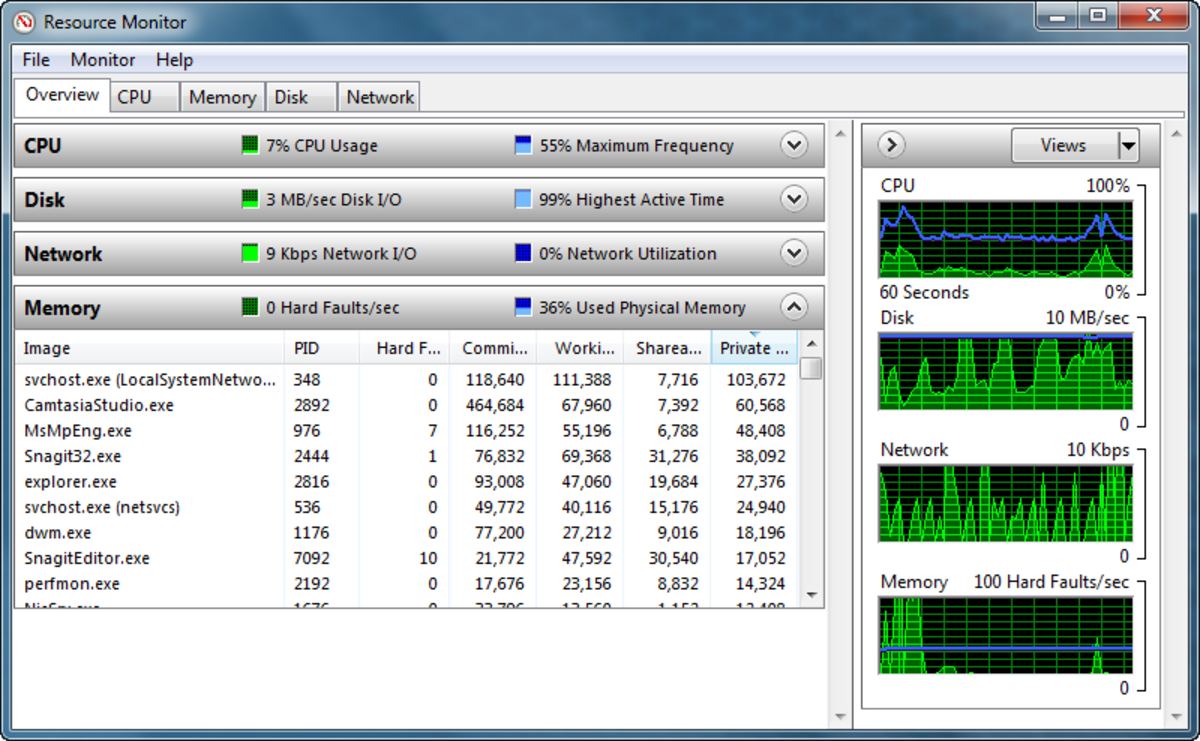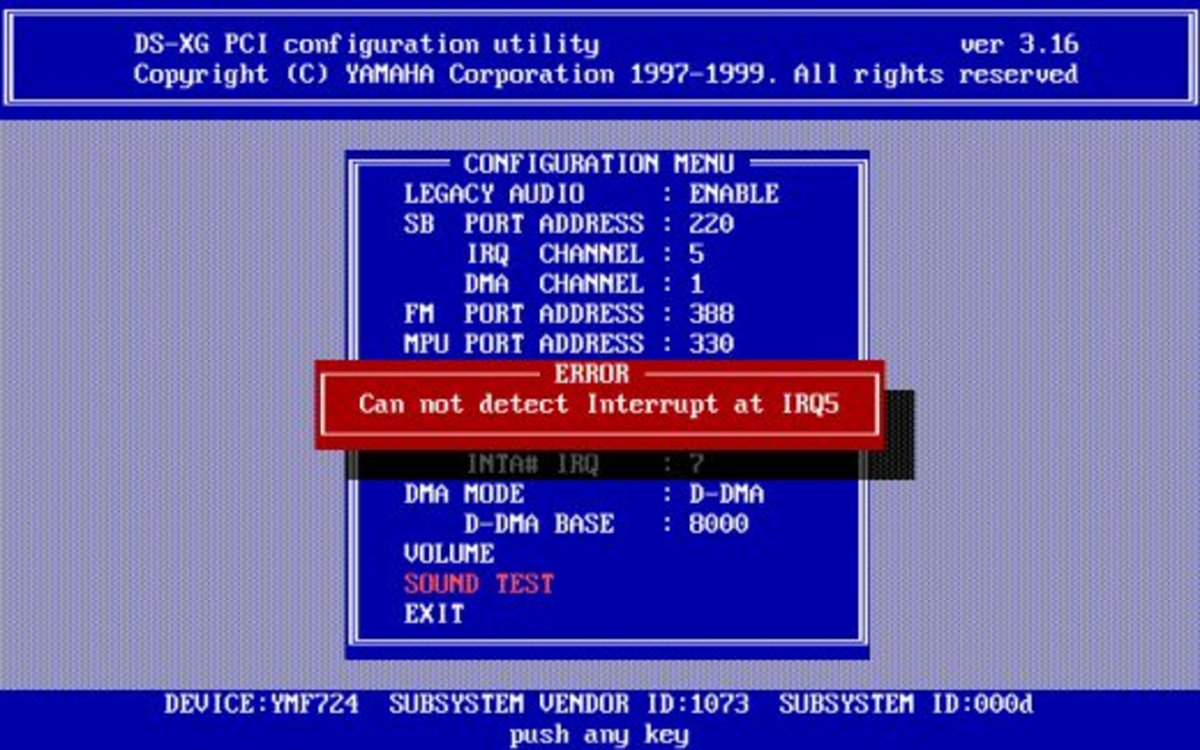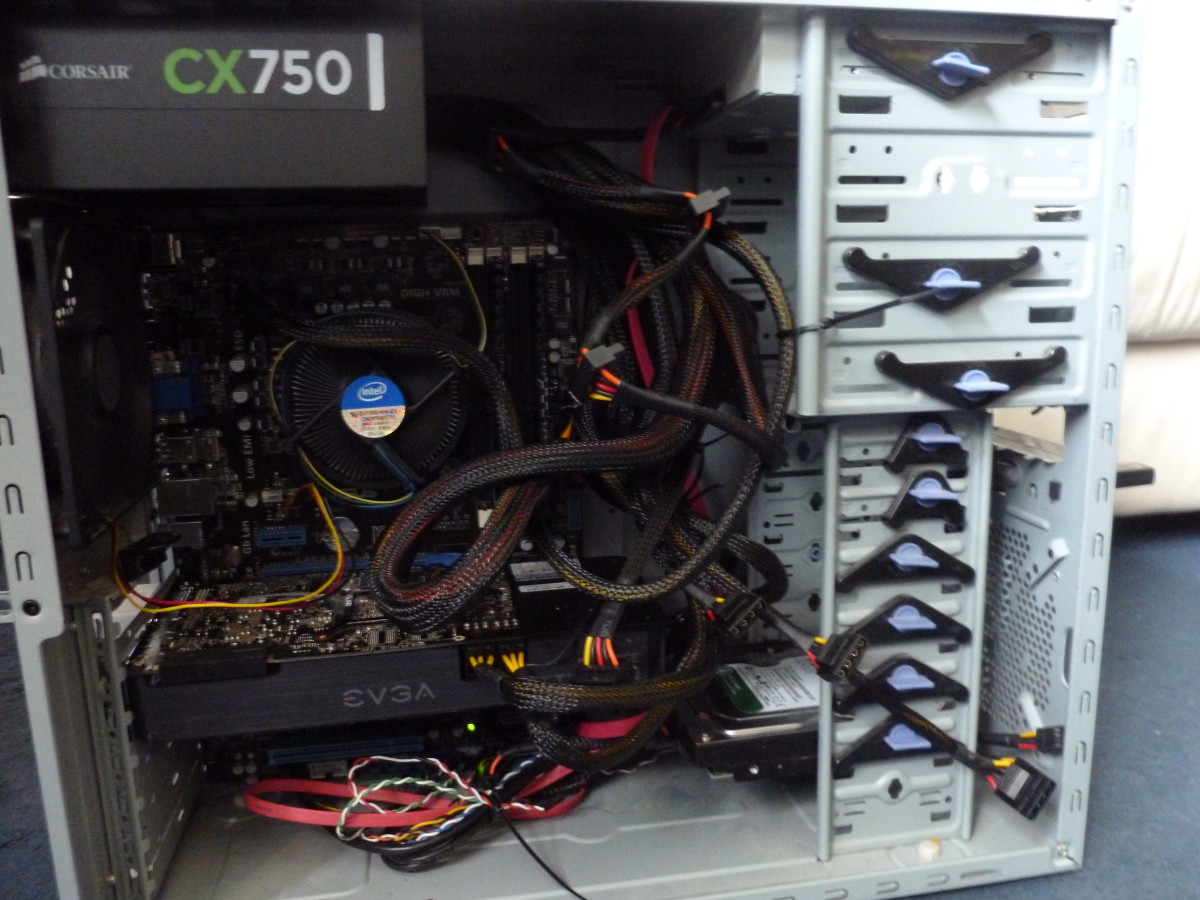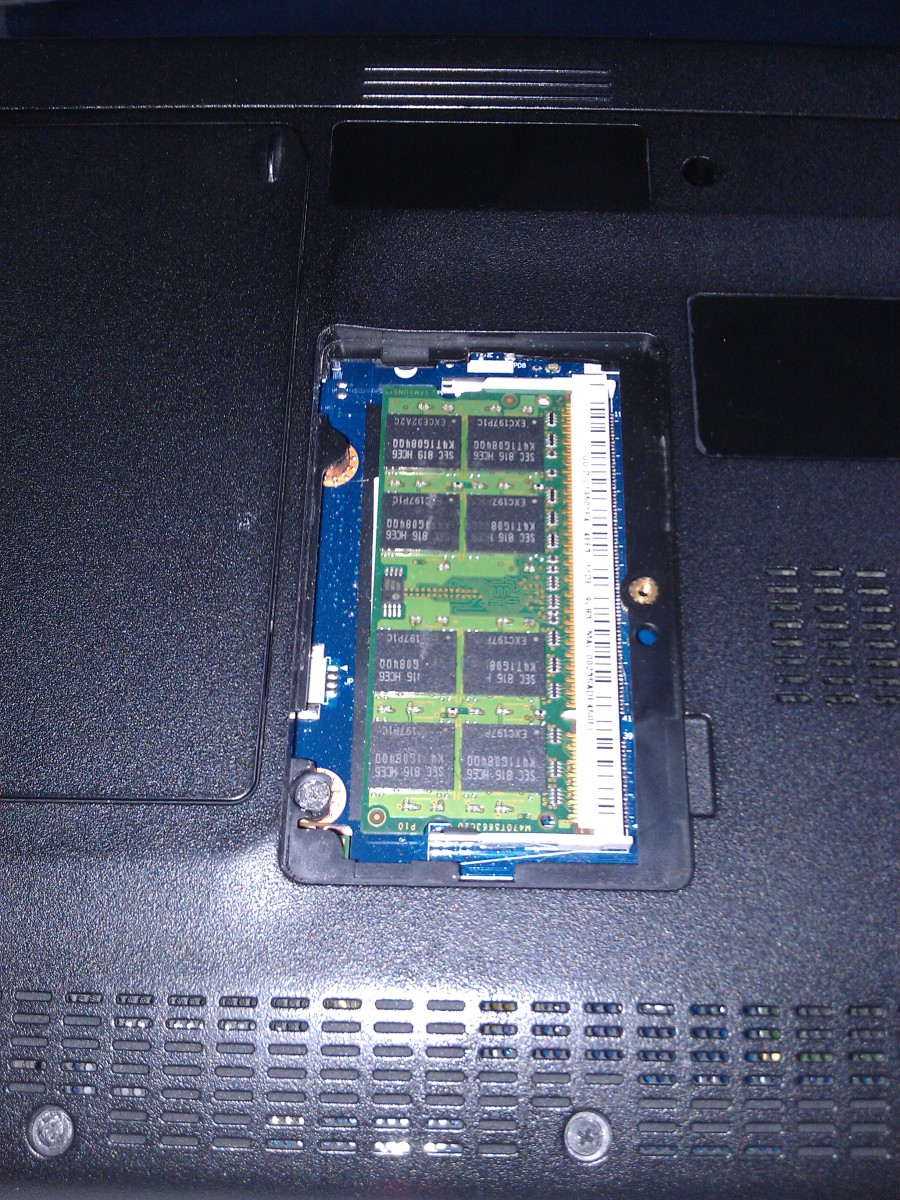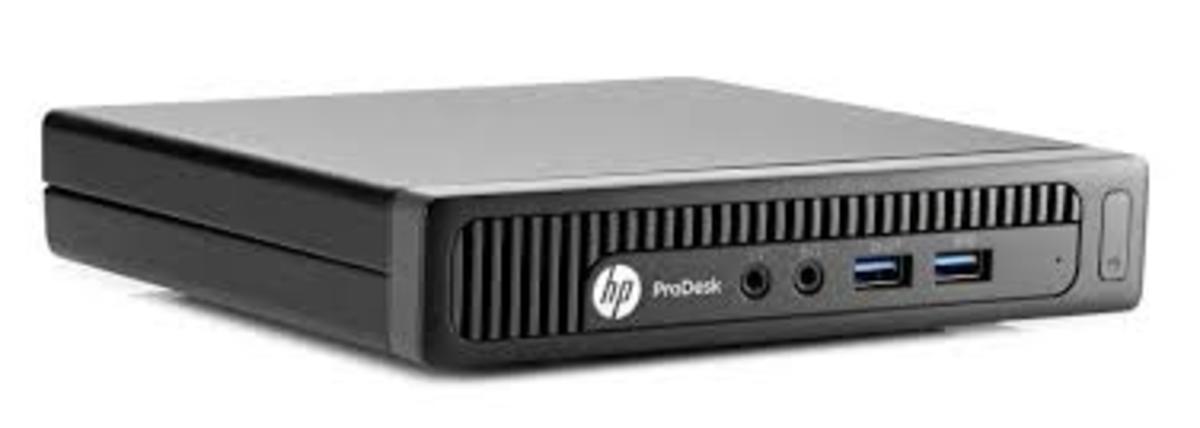- HubPages»
- Technology»
- Computers & Software»
- Computer How-Tos & Tutorials
How to Upgrade the RAM in a Computer

With the current economic climate, people are cash strapped and sadly can't afford to get new laptops or computers when their other one starts to slow down. However, there is one potential work around for this that is relatively cheap (around £30) that should give you a great performance boost.
The way you can achieve this is by upgrading the RAM within your system. Whether you have a desktop computer or a laptop, the process is by and large the same, with the exception of the physical dimensions of the memory modules.
Either way, it's a simple process for you to do, and it's a lot better to do it yourself at home than pay a computer shop to carry out the task for you. The first thing you'll need to do is identify the maximum amount of memory your system can handle (be it 2GB, 4GB, 8GB etc) as well as the latency and voltages your system supports. Normally all of this documentation is found in the box when you buy your computer/laptop. If you don't have this book any more, you can do a search on the manufacturers website that should tell what kind of RAM you can use. Failing that, a memory manufacturer such as Crucial has a tool that allows you to identify the different forms of memory you can use.
What I would suggest is, after you identify the RAM that you can use, shop around the internet to see the best possible price, this is all about saving money after all!
Once you've got your RAM, you're going to want to obviously open up your system. However, be sure to turn off the power, disconnect it from the mains, and in the case of a laptop, remove the battery and hold down the power for 15 seconds or so. Also, be sure that before you touch any of the components, touch a non painted metal part of the computer case. This is a bit more tricky with a laptop, but what you'll need to do is find any non painted metal surface (like the back of a radiator and touch it). This will displace any static energy in your body, making it less likely to damage the components. I would also recommend that you wear slippers when doing this (or shoes with a rubber sole) and not do this barefoot on the carpet. It may be possible to generate more static and thus damage the RAM although to be fair the chances of this are extremely rare. It's always better to be safe than sorry, though.
Anyway, after you've done all that, you need to locate the RAM, which handily looks exactly the same as your new memory modules you've just bought. On a desktop computer, you're going to want to locate the pins on either end of the memory module and pull them away from each other and the RAM will pop out. Repeat the process again if you've got more than one memory module on your computer. Then, to install the RAM, simply align the pins up on the memory to correspond with those on your motherboard and gently insert it in until you feel the pins on either end snap into place, thus securing them.
In the case of upgrading the RAM in your laptop, however, it's a little bit more fiddly and in all honesty, it's better to watch it being done, rather than have it described to you. I have however made a short video showing you what to do with a laptop. At the start of the video, there is some crucial information that's good to listen to before you start, as well as some handy tips to follow once the memory is installed in your laptop. You can find the video here.
Thanks for reading!

